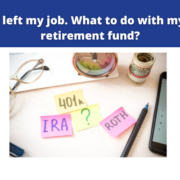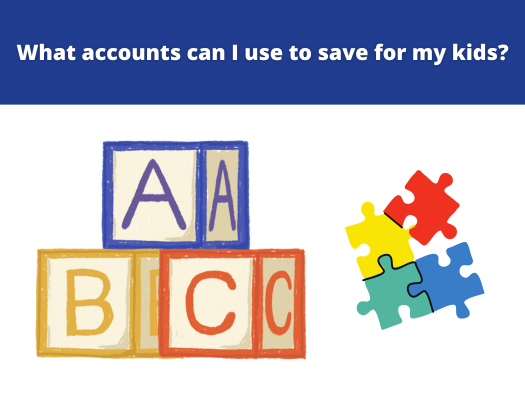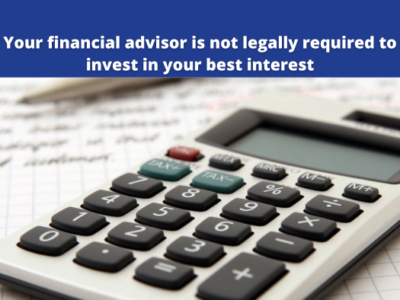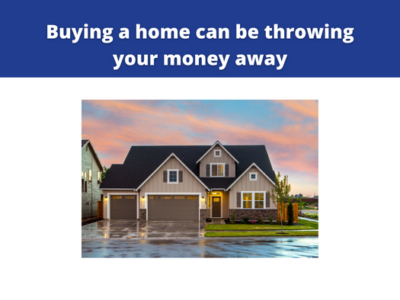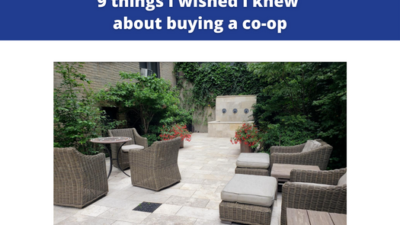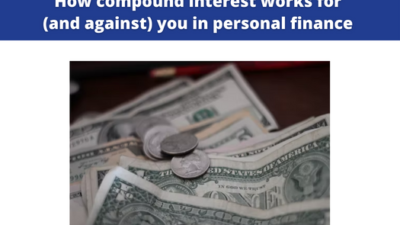There has been a lot of talk about our current bear market. Unless you’ve been living under a rock, the headlines are plastered all over the news these days… Before you go into panic mode, I’d like to provide context into what is going on, to give you a bit more confidence in investing your retirement.
What is a bear market?
Typically, a “correction” is when stock prices are 10% down from the most recent highest peak. A “bear market” is when stocks are 20% down from the most recent peak, which in today’s context was in January 2022. A “bull market” is when stock prices are growing consistently. A bear market can be a precursor to a recession, but not always. A recession is officially declared when a country has had two quarters of negative GDP growth. While 2022 has not been identified as a recession at this point, many signs, including record high inflation driven by supply chain constraints and the war in Ukraine, an inverted yield curve, are all pointing to it. The most important thing to remember is recessions are a given. It is never a matter of if we will have a recession, but when.
Key recessions of the last 50 years
- 1970 (11 months): This was a mild recession with unemployment peaking at 6.1% in December of 1970 and the economy recovering in the first quarter of 1971.
- 1973-75 (16 months): Caused by soaring oil prices and regulations that caused stagflation – when prices are high (inflation), but economic growth slumps (stagnates).
- 1980-82 (6 months) and (16 months): 2 recessions, one relatively mild and the next caused by the Fed increasing interest rates to combat inflation, plus the economy being aggravated by oil price increases.
- 1990 – 91 (9 months): Caused in part by high interest rates and the invasion of Kuwait
- 2001 (8 months): The Dot Com bust
- 2008 – 09 (19 months): The subprime mortgage crisis which led to a stock market sell-off that affected the general economy
- 2020: The global pandemic, where government-mandated shutdowns led to a pause in consumer spending and soaring unemployment
Putting 2022 in context
It’s important to note that most of the 1990s as well as all of the 2010s were some of the most prosperous years as of late, and so if you only recently got started with investing, you have not seen the kind of turmoil your parents or grandparents saw in the 70s and 80s. As for today, the Fed just increased interest rates (June 15, 2022) by 0.75% to combat inflation. This is quite aggressive (the highest raise since 1994 – 28 years ago), and there’s a possibility that more increases are to come. This is the increase in the Federal Funds Rate, which is the rate banks charge each other to borrow money. All other financial products are anchored on this rate, such as mortgages, credit cards loans, business loans, and more. The goal of taking aggressive action on interest rates in today’s context is meant to slow consumer spending, which in turn will help decrease inflation by lowering demand, as we are in a supply constrained market.
Don’t freak out
The most common reaction I hear from beginner investors is asking whether they should sell all their investments, or not sell their investments, or put everything in cash, or just not invest altogether. If you are investing for the long term (at least 10 years), don’t let short-term thinking cloud your judgment
- Secure your emergency fund: Make sure you have an emergency fund of 3-6 months of expenses set aside in a savings account. Don’t invest your EF! It is very tempting because it can seem like a lot of money, but investments often lose value during recessions, which is when you need your EF because you are at a higher risk of losing income. As you continue your investing journey, your emergency fund will be a small portion of your net worth, and the temptation of investing it will lessen over time.
- Don’t invest what you need in the next 5 years: As we’ve seen, a recession may only last 19 months, sometimes far less, but the effects of that recession on the value of our investments can last much longer. The second biggest mistake I’ve seen people do is invest something large – like a home down payment they need in the next 2 – 3 years, fully in the stock market. You take on the risk of it losing value in the next 5 years.
- Stop checking your net worth: It will do you no good during a bear market other than make you feel bad. So instead, focus on how much you’re putting in, not how much it’s currently valued. Remember when the market is low it’s the best time to invest, shares are on sale!
- WTF happened to crypto? Part of the reason why cryptocurrency rose in value in the last few years is because of government stimulus spending during the pandemic. As events and gathering places were shut down – such as sporting events, casinos, and the like, gamblers no longer had a place to exercise their addiction. As the government then pumped trillions of dollars into the US economy, people felt a greater sense of wealth to invest. Investing gives gamblers a similar rush as gambling – and cryptocurrency, with its highly volatile prices, even more so. We can see this in the public markets, as the % of trading done by retail investors (consumers like you and me), as opposed to institutional investors (investing firms) has increased to almost 25% which is up from 20% in 2020 and 10-15% the decade before. Unfortunately, crypto is not as well regulated or established, as other assets like the stock market or the real estate market. On 06/12/2022, Celsius Network LLC, one of the largest cryptocurrency lenders in the world, shut down trades and swaps and prevented their customers from withdrawing cash. This spooked the crypto world further, and led to declining prices throughout. This is a sign of an immature market and we do not have enough historical information to help determine what drives the ups and downs of crypto. In comparison, a complete shutdown of trading on the stock market is extremely rare, and is also well regulated. This is to say, crypto continues to be a very volatile, high-risk asset class with little government regulation, and so really evaluate the risks before you decide to play in this space.
- How about I bonds (Series I Savings Bonds)? Bonds have been around for centuries. They’re debt issued by an entity (such as a government, but can also be a company) where you are promised some % of interest and a payback of the full amount at the term date. I-Bonds are simply another series of bonds issued by the government, but they’ve become really popular because their current rate is designed to protect your investment against inflation. You are able to purchase a maximum of $10,000 in bonds a year, and to realize the full interest, you would need to hold on to the bond for at least 5 years. If you sell earlier than that, you may lose out on interest. You can learn more about i-bonds here.
No matter where you are in your investing journey, now is the perfect time to get more involved. Even if you feel like you cannot invest a lot, use the time to learn! Read about the stock market, the economy, and its impact on investments. Be able to explain what is going on, to your teenage self. If you choose to invest in something, make sure that it aligns with your risk tolerance. And remember that no one has a perfect investing journey – everyone feels pain. In fact, Ray Dalio, who runs one of the world’s most successful hedge funds, Bridgewater Associates, still discusses how difficult the 1970s were for him.
As always, what I have shared here is not investing advice. You will invest at your own risk. And everyone’s investing journey will be different.
Take confidence in your knowledge and choices, and hold onto your hat while we wade these waters together.


